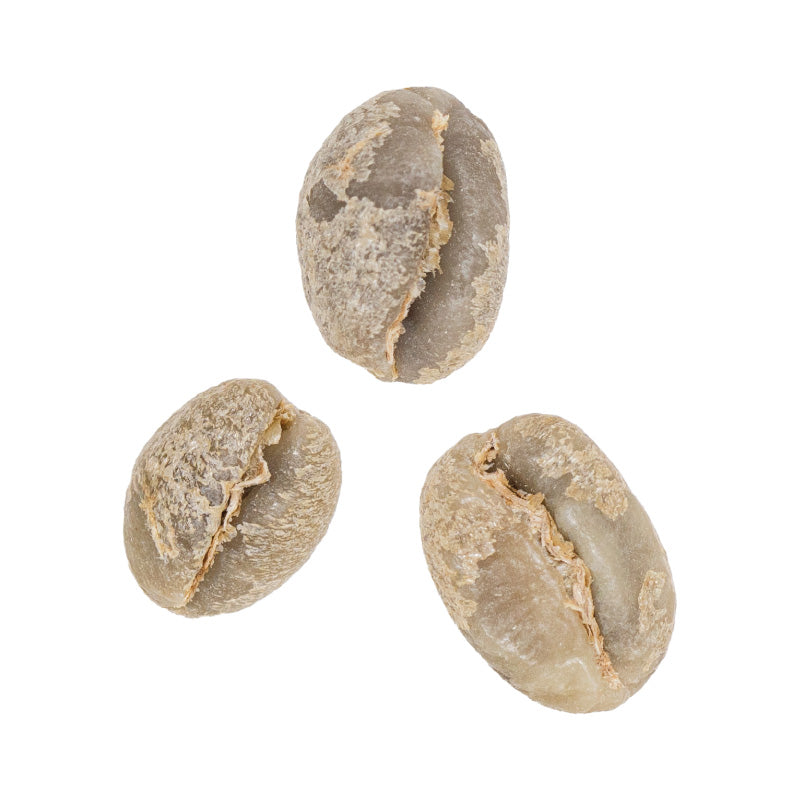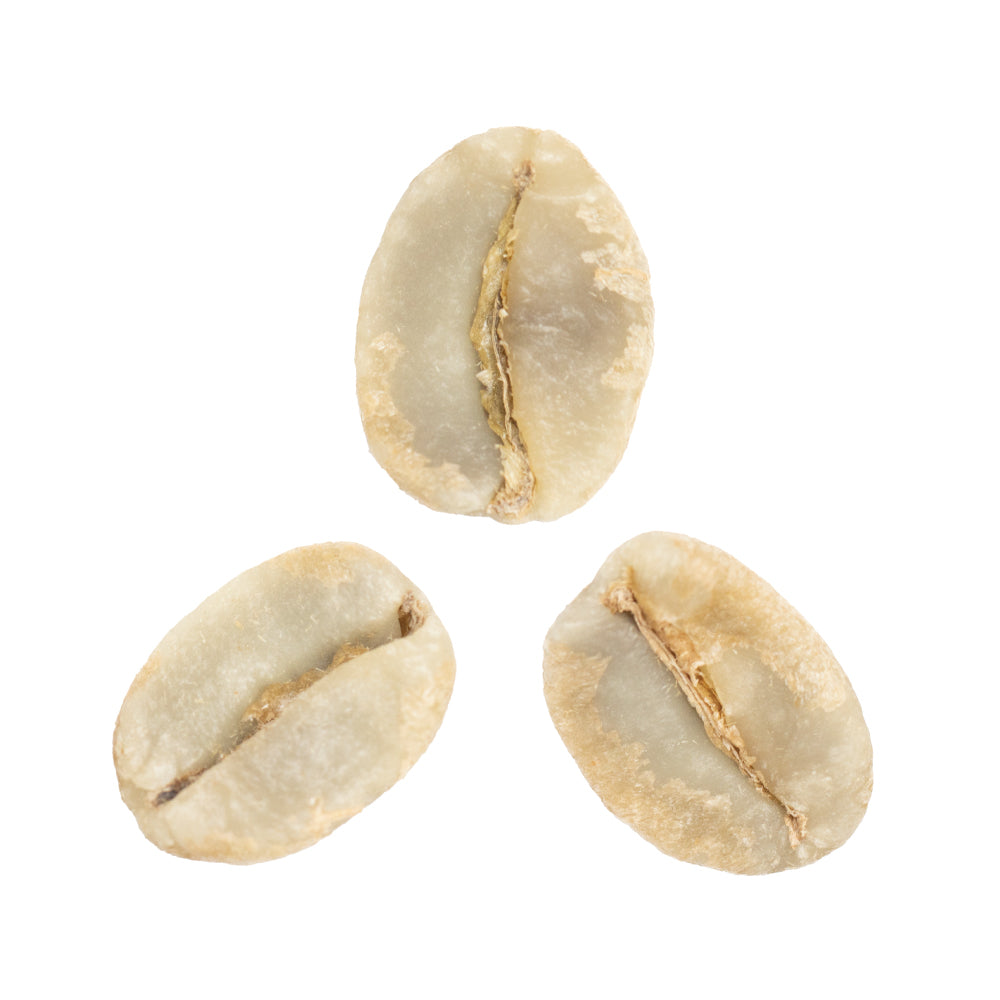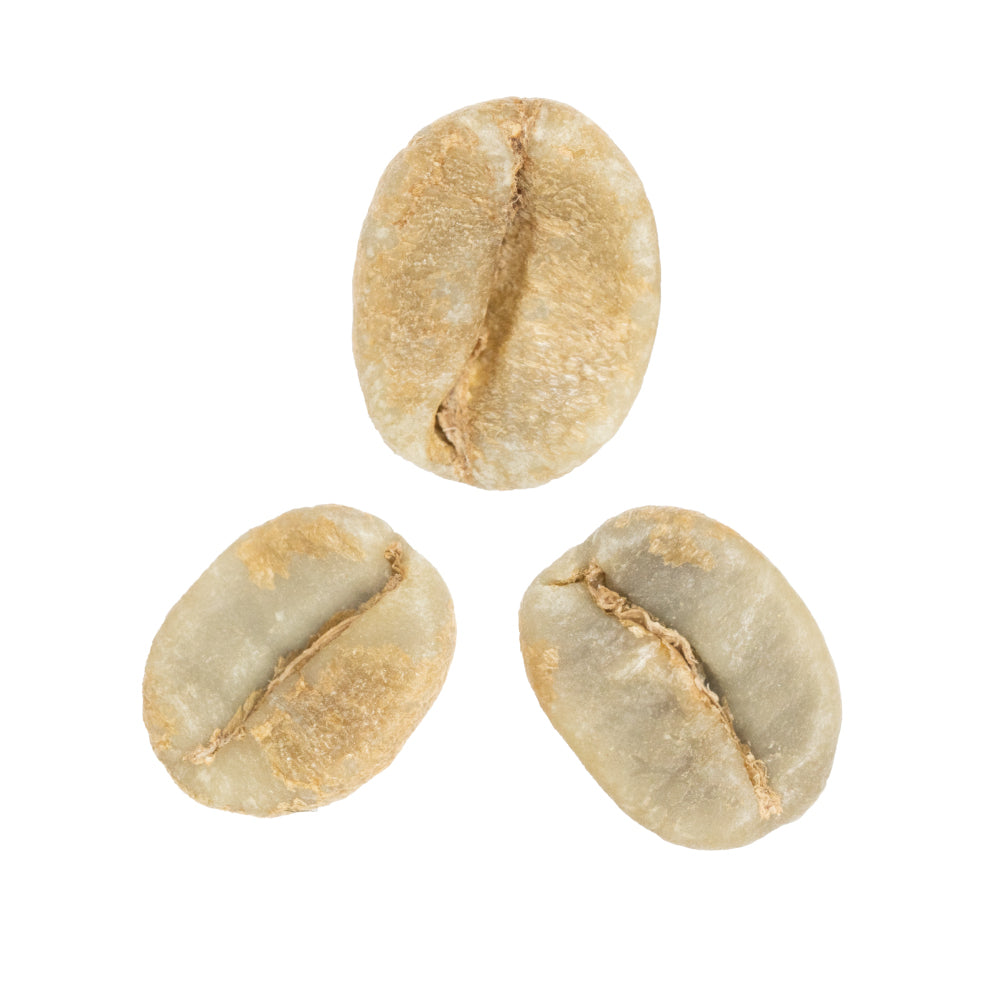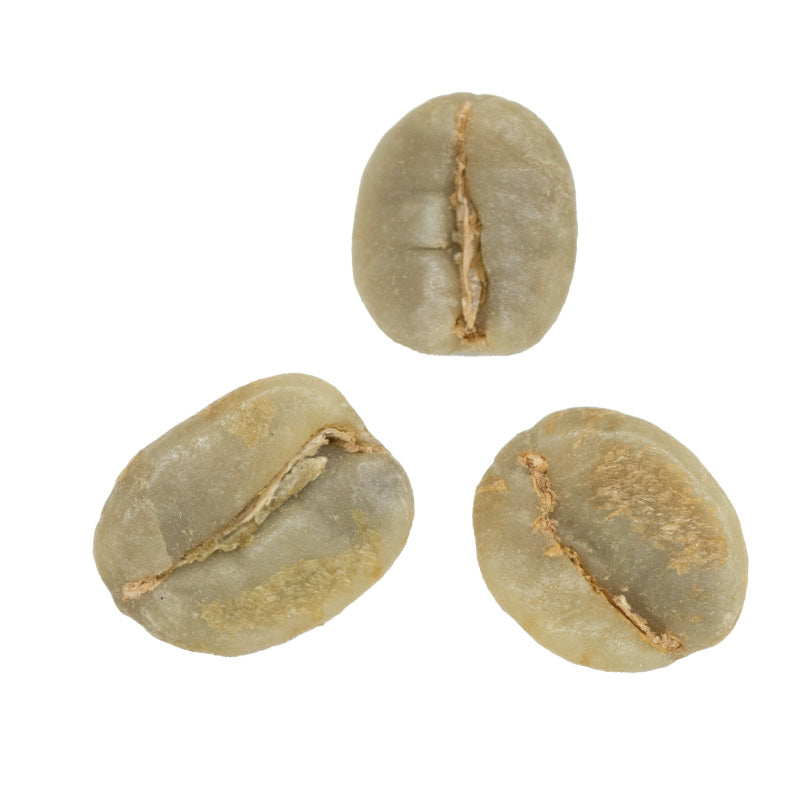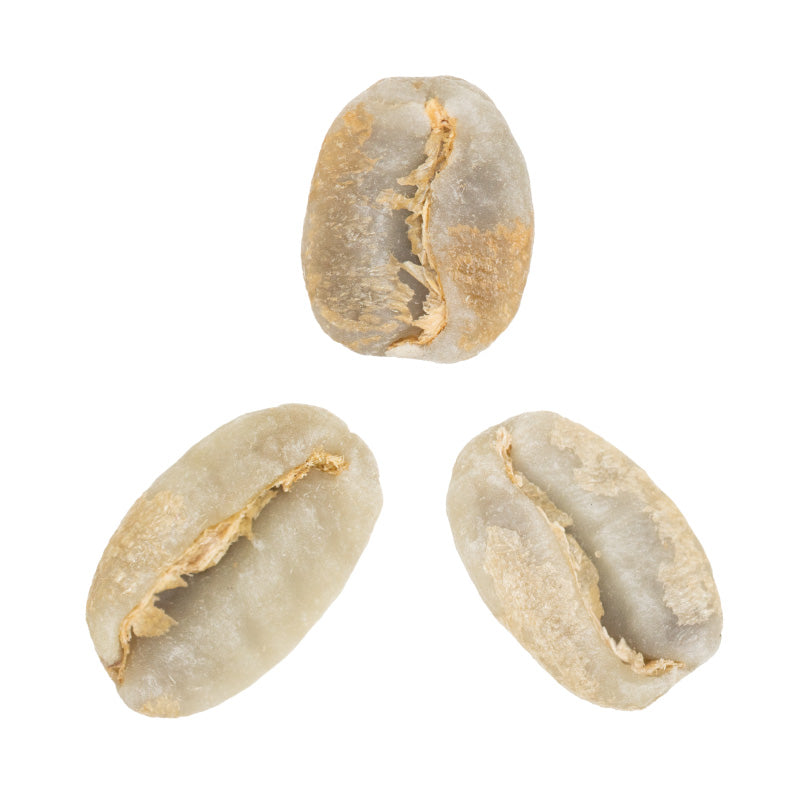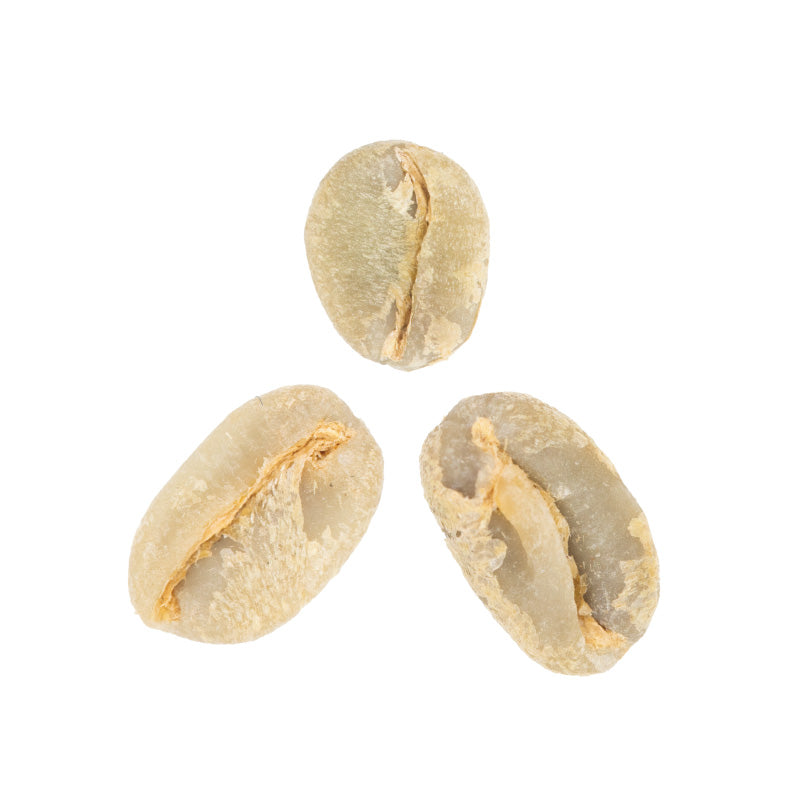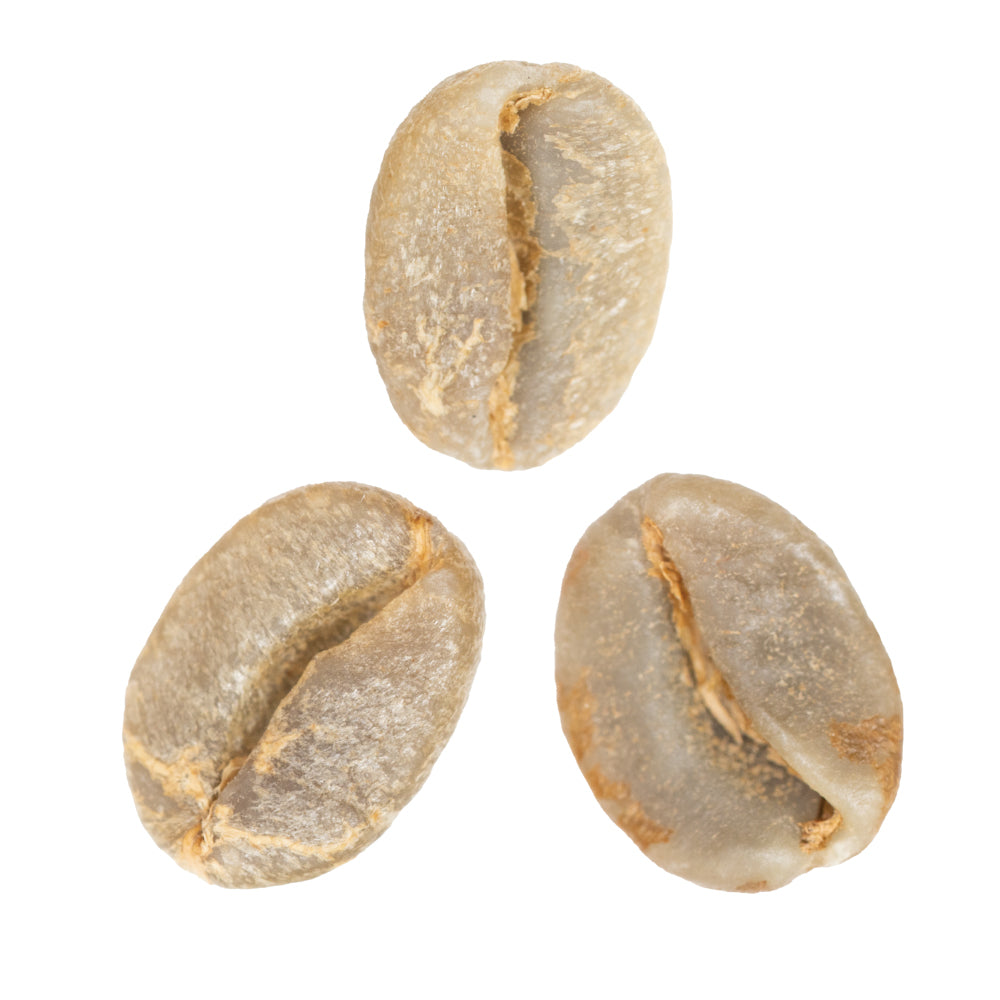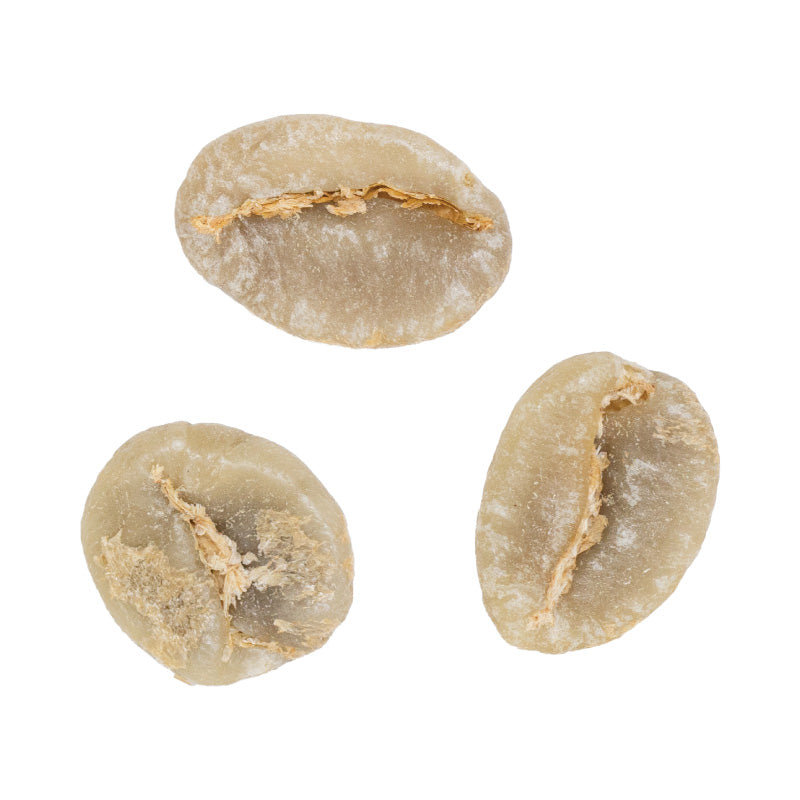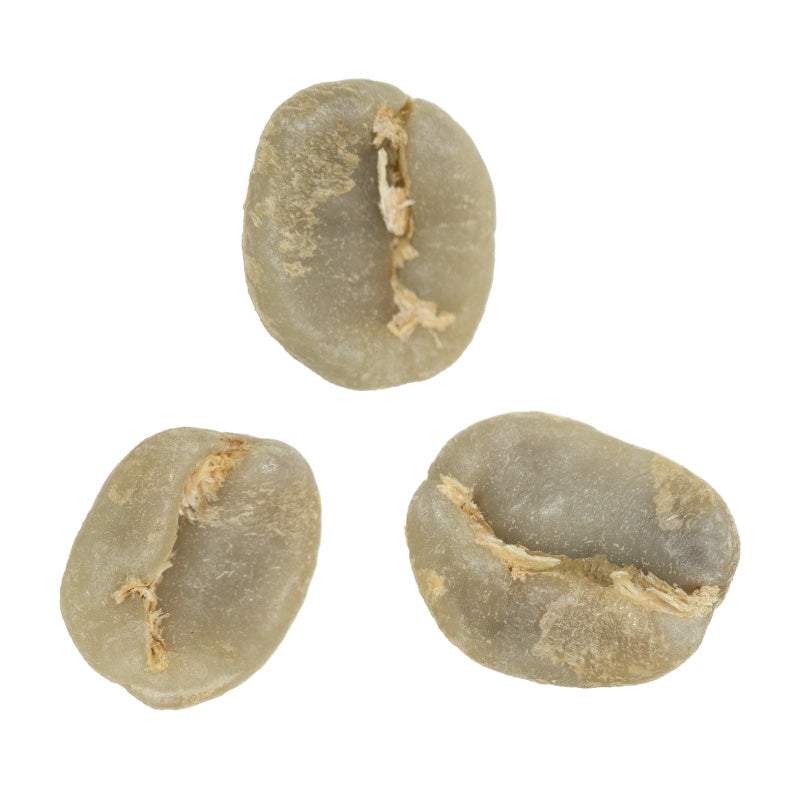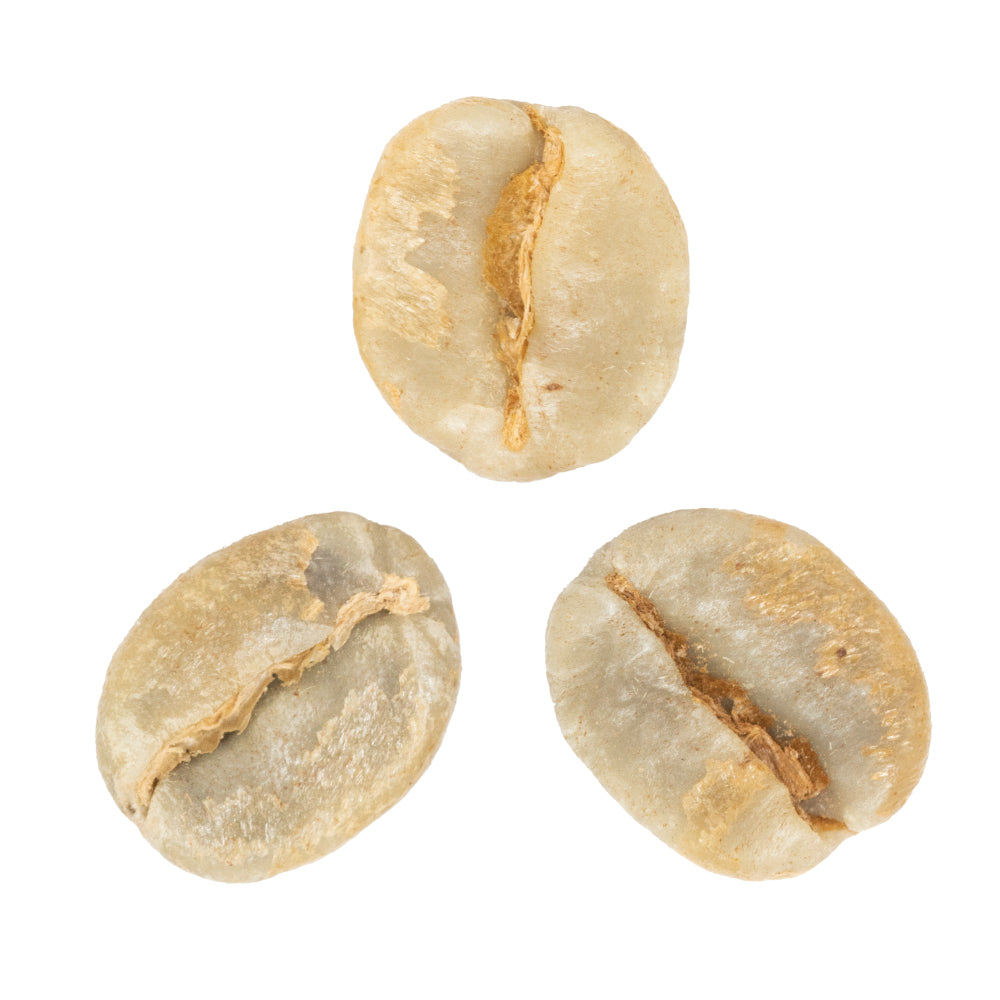Coffee Varieties Guide •
Read our Coffee Varieties articleUnderstanding the Peaberry Mutation
Every coffee cherry typically contains two seeds that grow facing each other, creating the flat side we recognize on regular coffee beans. But in about 5-10% of cherries, something different happens. Instead of twins, the cherry produces a single, rounded seed that takes up the entire space inside.
This isn't a variety like Bourbon or Gesha. Peaberries occur across all coffee varieties—from Ethiopian heirlooms to Colombian Caturra. It's a natural mutation that farmers can't predict or intentionally cultivate. When harvest time comes, these unique beans must be sorted from the regular flat beans, either by hand or machine.
Think of it like finding a four-leaf clover. It's the same plant species, just expressing itself differently.
The Geography of Peaberries
While many coffee drinkers associate peaberries with Tanzania—particularly from the slopes of Mount Kilimanjaro—this mutation occurs everywhere coffee grows. The Tanzania connection likely stems from Japanese buyers who popularized Tanzanian peaberries in the specialty market, creating a lasting association.
Today, you'll find peaberries from Costa Rica to Kenya, Brazil to Rwanda. Each origin brings its own terroir to these unique beans, meaning a Kenyan peaberry will taste distinctly different from a Colombian one. The mutation is universal; the flavors are anything but.
What Makes Peaberries Special
The specialty coffee world has long debated whether peaberries actually taste different from regular beans. Some claim they're sweeter and more concentrated in flavor. Others argue any differences come from the extra care in sorting and handling, not the bean shape itself.
Here's what we know for certain: peaberries roast differently. Their round shape allows for more even heat distribution during roasting, though they often crack later and more quietly than flat beans. This requires careful attention from roasters, who must rely more on visual cues and experience than sound alone.
The real appeal might be simpler—scarcity and selection. Because peaberries represent such a small percentage of any harvest and require additional labor to separate, they often receive more attention throughout processing. This extra care, combined with their relative rarity, creates a premium product.
Flavor Profile and Value
Peaberries don't have a single flavor profile because they're not a variety. A Bourbon peaberry will carry Bourbon's chocolate-caramel notes. A Gesha peaberry maintains Gesha's legendary florals. The mutation affects the bean's physical structure, not its genetic flavor potential.
What many cuppers do report is intensity—as if the flavors are slightly more concentrated. Whether this is perception influenced by expectation or a real phenomenon from the seed developing alone in the cherry remains an open question.
The value of peaberries lies in their combination of quality and novelty. When a high-quality variety produces peaberries that are carefully sorted and processed, the result can be exceptional. But a peaberry from a mediocre crop won't magically become outstanding just because it's round.
The Bottom Line
Peaberries remind us that coffee, like all agriculture, is full of natural variations that keep things interesting. They're not inherently superior or inferior—they're simply different. When sourced from quality varieties and handled with care, peaberries offer coffee lovers another way to experience their favorite origins and varieties.
Next time you see a peaberry on the menu, know that you're tasting one of coffee's happy accidents—a single seed that decided to take the whole cherry for itself.



